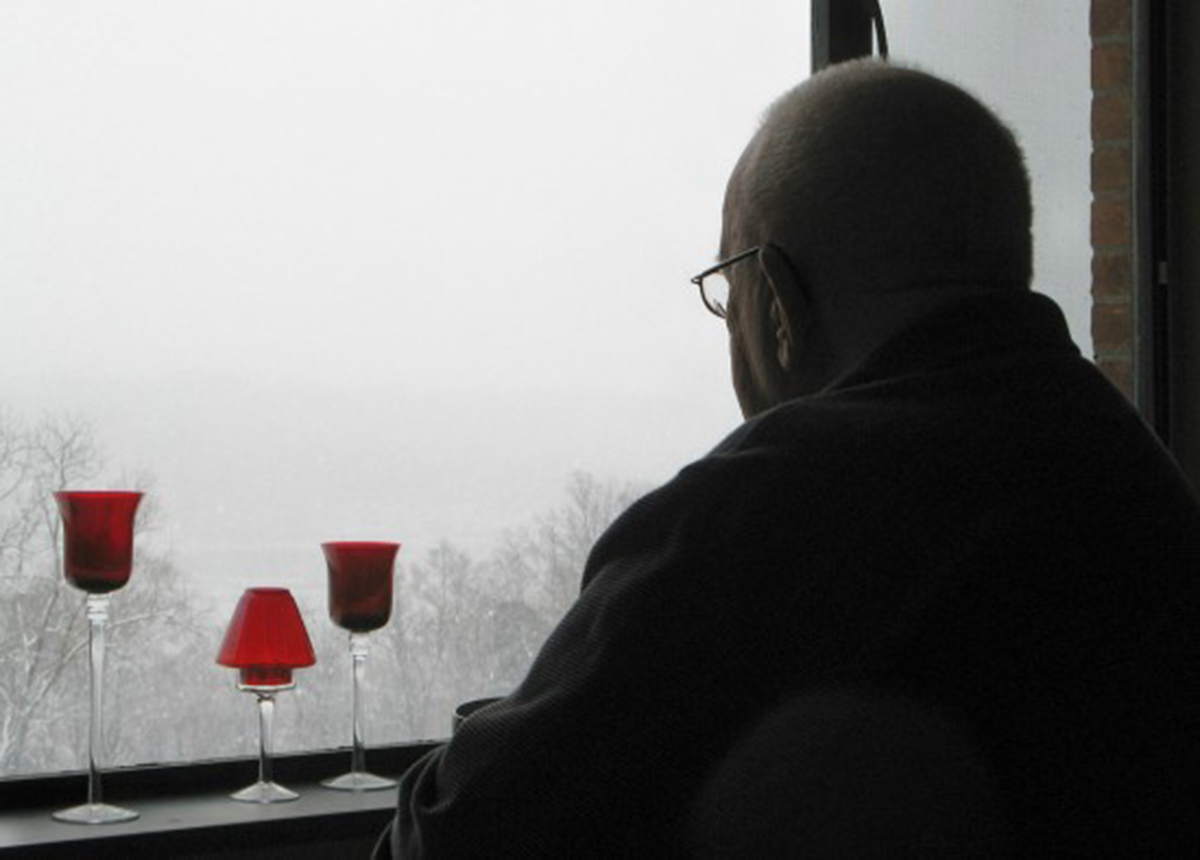Table of Contents
In a lot of the world, all around winter is known to be a time for those special parties, celebrations, holidays, and general merry making. In other words, winter is known to be a very cheery time filled with happiness. Contrary to what you may think, not everybody joins in the winter and holiday fun. In fact, some people will experience the winter period as a time to eat a lot more more, go outside of their homes less, lose interest in friends and family, and even give up sex, because of the annual experience which is known as depression caused by seasonal affective disorder (SAD).
Never heard of seasonal affective disorder? We're here to tell you not only what it is and how exactly it will affect you, but also what you can do about it to make yourself feel better. Let's take a look.

What Is Seasonal Affective Disorder?
Seasonal affective disorder, which is sometimes known by its acronym SAD or S.A.D., is a well-known illness that affects about 1% of the population in southerly locations like Florida and about 10% of the population in Canada, Europe, Russia, and the northern United States.
What Are the Symptoms of Winter-Onset Seasonal Affective Disorder?
As the days get shorter, people who have SAD want to sleep in longer. There can also be:
- Cravings for sugary and fatty foods, and increased consumption of alcohol.
- Weight gain, due to increased consumption of sugar, fat, and alcohol.
- Irritability, and conflicts with others.
- A feeling of heaviness in the arms and legs, or even all over the body.
- In children, chronic behavior problems.
People who have winter-onset SAD often become indecisive. They seem to develop attention deficit syndrome, but without the hyperactivity. In severe cases, they develop feelings of worthlessness or hopelessness or even become suicidal.
Using Bright Light to Treat SAD
The underlying cause of seasonal affective disorder is an overproduction of melatonin, the hormone that the pineal gland in the brain creates every night, when we shut our eyes in a dark place, to help us get to sleep. When darkness comes early in the evening, some people's brains make so much melatonin that they not only fall asleep in the evening but they don't want to get up the next morning.
In some people, melatonin production is highest in the evening, so they feel sleepy too soon. Treating their SAD is best accomplished with time in the sun in the late afternoon or a daily, afternoon session sitting under a sun lamp. In other people, the brain continues making melatonin even after it's time to get up. They need to get their sunlight or sun lamp time in the early morning. Almost any bright light will stimulate the brain as long as it generates visible blue light, which stops the production of melatonin.
Read More: Say goodbye to winter moodiness!!!
Antidepressants take four to six weeks to work, and they carry significant side effects.
But if you feel tired all the time, how can you tell whether you have "morning" or "evening" depression from seasonal affective disorder? It turns out there is a simple test.
- Arendt J. Biological rhythms during residence in polar regions. Chronobiol Int. 2012 May
- 29(4):379-94. doi: 10.3109/07420528.2012.668997. Epub 2012 Apr 12. Review. PMID: 22497433.
- Rohan KJ, Evans M, Mahon JN, Sitnikov L, Ho SY, Nillni YI, Postolache TT, Vacek PM. Cognitive-behavioral therapy vs. light therapy for preventing winter depression recurrence: study protocol for a randomized controlled trial. Trials. 2013 Mar 21. 14:82. doi: 10.1186/1745-6215-14-82.
- Photo courtesy of Randy OHC by Flickr : www.flickr.com/photos/mariya_umama_wethemba_monastery/2284996894/
- Photo courtesy of TheeErin by Flickr : www.flickr.com/photos/theeerin/3237450467/

